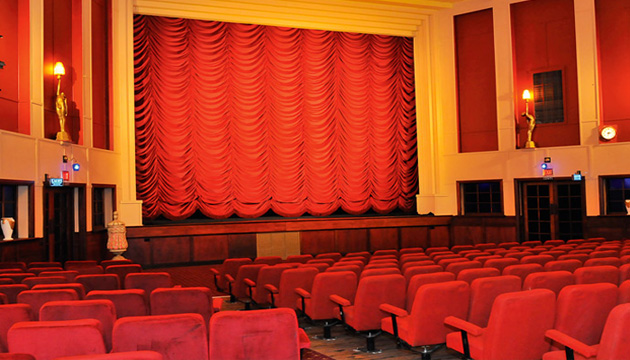It seems nothing can close the doors on Charlton’s historic Rex Theatre, which a concerted community campaign has saved from floods, falling attendances and television.
Story By John Dunn
It’s nearly three-quarters of a century since the Rex Theatre in the northern Victorian wheat-growing town of Charlton first opened its doors on the night of the local agricultural show. A wildly expectant crowd of about 600 people filled High Street as they queued to see A Star is Born with Janet Gaynor and Frederic March on a cool spring evening. And filmgoers kept coming for decades through an era when ‘pictures’ were the favourite form of entertainment for almost everyone.
But, in the years since, theatres in both our cities and country towns have come and gone – mostly the latter – following the advent of television, video and DVDs. However, the Rex has survived and now this grand old art-deco building is looking as pristine and promising as it was on that first night of October 15, 1938.
A major makeover has been completed, necessitated by two disastrous floods within four months of each other in 2010 and 2011. The work was led by David Pollard, who combines running his family grain farm with councillor responsibilities in the local Buloke Shire. David is also a fire official, ambulance officer and theatre projectionist, the latter a much-loved task he has performed since 1980.
He was at the forefront of a successful public effort that began in 2005 when he organised the community purchase of the theatre from the owner. “The Rex was needed,” David says. “There are very few cinemas in our area, certainly none within 100 kilometres of us. Every district needs a community hub and the Rex was ours. I was confident if the community bought it and ran it, mostly on a volunteer basis, it would be viable and it would work.”
So the Charlton Community Theatre Board was formed and money was raised – $200,000 in all – half from an intensive fundraising campaign within the community and the rest from a matching Federal Government grant. Later, additional funds for equipment, a roof replacement and painting came from Heritage Victoria.
So the Rex lived on, but then came the disastrous double floods. Together, but particularly after the second inundation, it seemed that finally the reign of the Rex was over. Water ruined the carpets, part of the floor and the electrical wiring as it surged through the building, finally peaking at one metre in depth and inundating the first six rows of seats.
There were only two options for the board: close the building and forever forget about it, or mount a campaign that would not only restore it and bring it back to its former glory, but would also modernise it with the very latest projection equipment – a digital operation equivalent to any multiplex in any capital city with surround sound and a new screen and curtain.
For David and his colleagues, the latter was the only way to go. They had put too much into the Rex to be beaten.
This story excerpt is from Issue #105
Outback Magazine: Feb/Mar 2016









